Ovulation is a crucial process when it comes to fertility. If you are ovulating every month, this indicates that you have healthy hormones and are most likely fertile. During the middle of your monthly cycle, a follicle within the ovary will mature and release an egg into the fallopian for fertilization. If the egg does not get fertilized it will be shed through the uterus as a period. The process seems simple, but in reality, ovulation is not innate because it relies heavily on hormone balance. Specifically, the hormone progesterone aids in promoting ovulation. There are many foods that help balance out progesterone to increase ovulation. Here we will talk about all the ovulation foods.
6 Examples of Hormones for Females
Hormones are substances produced in one part of our body that provide functions in another part of the body. Almost every part of the body is impacted by hormones and almost all hormones are related together. They work in a balancing system. When one is low, another will become high. Over time, hormone imbalances can cause chronic issues that can lead to diseases or even cancer.
Best Prenatal Supplements
Fertility is our natural ability to produce offspring. In female bodies, your period is the most vital sign that shows the state of your sex hormones, and it helps you understand your cycle. It is important to note that ovulation is crucial no matter what your health goals are. During preconception and pregnancy, it is important to consume the right amounts of certain nutrients to improve reproductive health, decrease stress, and regulate hormones. Here is are some of the best prenatal supplements.
12 Best Fertility Foods
Fertility is our natural ability to produce offspring. In female bodies, your period is the best vital sign to tell the state of your sex hormones and understanding your cycle. It is important to note that ovulation is crucial no matter what your health goals are. When trying to conceive it is important to be getting certain nutrients that aid in the health of your reproductive organs, decrease stress, and regulate hormones. Here we discuss the 12 best fertility foods.
14 Low Progesterone Treatment Ideas
Progesterone is a sex hormone released from the ovaries that is vital for conceiving and maintaining a healthy pregnancy. The hormone can be broken down as ‘pro’ meaning to promote and ‘gesterone’ meaning gestation or pregnancy. It is released from the corpus luteum which is the remains of the ovarian follicle which releases the ovum or egg. Progesterone has 2 different paths each month depending on fertilization and ovulation. If your ovulated egg is fertilized, then progesterone rises after ovulation to help thicken the uterine lining for pregnancy. If your egg does not become fertilized after ovulation, then progesterone peaks and then declines, because you do not need to prepare for pregnancy. The uterine lining will shed and become a period. Progesterone is also involved in breast development and breastfeeding. Problems can arise when progesterone levels are too low regardless if you are attempting to conceive. Certain foods contain nutrients to help increase progesterone in the body.
10 Myths About Getting Pregnant
What Are The Fertility Rates By Age?
Considering the societal shift of recent years portraying reproduction as a milestone to hit after setting a career path leaves the question of whether delaying reproduction negatively affects fertility. In the past, the goal of parents was to have babies earlier on so that the chance of healthy pregnancy was higher. In those times, this was acceptable because fewer women were working full-time jobs, so it didn’t matter to reproduce at a younger age. Times have changed, and more and more women are working full time and are focused on building a career for themselves independent of their partner, resulting in a delay in reproduction. This shift has led many people to believe that ‘30 is the new 20’ when talking about reproduction. Age is one of the easiest ways to predict fertility, but it is not the only indicator. Let’s dive into the truth of the matter and see how much fertility rates by age can change and the biological evidence for when fertility can start to decline.
9 Things to Know Before Getting Pregnant
What is Pregnancy Planning?
Pregnancy is an exciting time for couples, but there are a lot of things you need to know and understand to have a successful conception. It can be overwhelming when you first learn about pregnancy planning but just know that starting early is the best way to ensure that you are prepared. Many of the topics covered here will help guide you to understand and balance your hormones. A successful and healthy pregnancy mostly relies on the state of your personal estrogen and progesterone levels. Without knowing how to track and balance these levels, it will take longer to achieve a successful pregnancy.
Nutrition is important because many foods we eat contain anti-inflammatory and antioxidant effects which help reduce stress during pregnancy planning. Some foods even contain the building blocks for our hormones aiding in the production of stable levels.
Understanding ovulation is important because without ovulation you will not be able to conceive.
Knowing how to track ovulation is important as well because you need to time your intercourse around this period so that the sperm and egg can actually meet.
What is the Fertile Window?
Fertilization occurs when the sperm meets with the egg in the fallopian to result in pregnancy. This means that you are the most fertile during ovulation, the time when your egg spends in the fallopian tube. Because ovulation only lasts for 12-24 hours, it is hard to truly know the exact time it happens, and thus a fertile window was created to give a more broad time frame where ovulation can happen. The fertile window is usually a 6 day period, and the first 5 days are the days that lead up to ovulation and the sixth day is when ovulation occurs. It is possible to get pregnant at any point in the fertile window because, after intercourse, sperm can remain in the uterus for up to 6 days while it waits for the egg to enter the fallopian to then be fertilized. Here we will discuss how to identify the fertile window and ovulation.
















